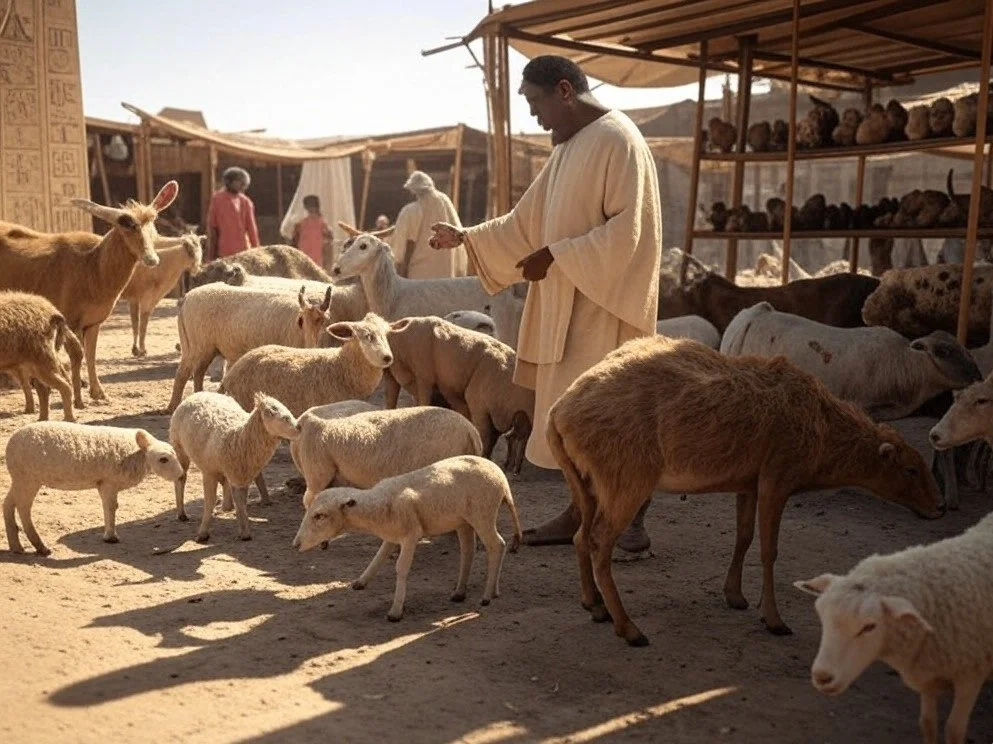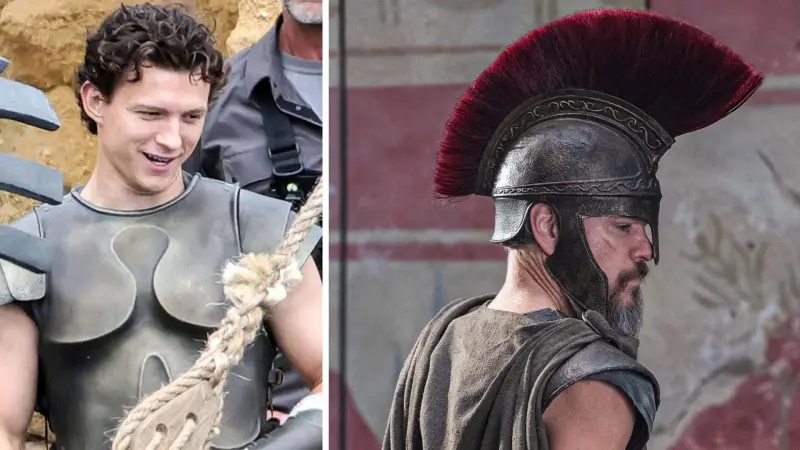Animals have played a crucial role in the development and functioning of ancient societies, influencing agriculture, transportation, religion, and daily life. The domestication of animals marked a significant turning point in human history, enabling the growth of civilizations and the establishment of complex societies. From cats in ancient Egypt to horses in Central Asia, animals were not only practical assets but also held deep cultural and spiritual significance.
Agriculture: The Backbone of Civilization
The domestication of animals revolutionized agriculture, providing a reliable source of labor, food, and materials.
Cattle and Sheep
Cattle: In ancient Mesopotamia and the Indus Valley, cattle were indispensable for plowing fields, transporting goods, and providing milk, meat, and hides. Their dung was also used as fertilizer and fuel.
Sheep and Goats: Sheep and goats were vital for their wool, milk, and meat. In ancient societies like those in the Fertile Crescent, these animals were integral to pastoral economies and trade.
Poultry and Swine
Chickens: Domesticated in Southeast Asia around 6000 BCE, chickens spread to ancient Egypt, Greece, and Rome. They provided eggs and meat, and their feathers were used for bedding and arrows.
Pigs: Pigs were a significant food source in ancient China and Europe. Their ability to forage and thrive on various diets made them valuable for sustaining growing populations.
Transportation: Bridging Distances
Animals were essential for transportation, enabling trade, communication, and the movement of people and goods across vast distances.
Horses
Central Asia: The domestication of horses around 3500 BCE on the steppes of Central Asia revolutionized transportation and warfare. Horses allowed for faster travel and the development of chariots, which were used in battles and ceremonies.
Mongol Empire: The Mongol Empire's success was largely due to its cavalry, which relied on hardy steppe horses. These animals enabled the Mongols to conquer vast territories and establish a vast network of trade routes.
Camels
Arabian Peninsula: Camels, domesticated around 3000 BCE, were crucial for traversing deserts. Their ability to endure long periods without water made them ideal for trade caravans, such as those along the Silk Road.
North Africa: The introduction of camels to North Africa facilitated trans-Saharan trade, connecting sub-Saharan Africa with the Mediterranean world.
Religion and Symbolism: Sacred Connections
Animals held profound religious and symbolic significance in many ancient cultures, often representing deities, spiritual beliefs, and cosmic order.
Cats in Ancient Egypt
Divine Associations: Cats were highly revered in ancient Egypt, associated with the goddess Bastet, who symbolized home, fertility, and protection. Killing a cat, even accidentally, was punishable by death.
Mummification: Cats were often mummified and buried with their owners or offered to the gods. The discovery of vast cat cemeteries highlights their sacred status.
Bulls in Mesopotamia
Symbol of Strength: Bulls were symbols of strength and fertility in ancient Mesopotamia. They were associated with gods like Enlil and Marduk and often depicted in art and architecture.
Ritual Sacrifices: Bulls were frequently sacrificed in religious ceremonies, believed to appease the gods and ensure prosperity.
Dogs in Mesoamerica
Guides to the Afterlife: In ancient Mesoamerican cultures, such as the Maya and Aztec, dogs were believed to guide souls to the afterlife. They were often buried with their owners to serve as companions in the underworld.
Symbolism: Dogs were also associated with healing and medicine, often depicted in codices and pottery.
Conclusion
The domestication and integration of animals into ancient societies were pivotal in shaping human history. Animals provided essential resources for agriculture, revolutionized transportation, and held deep religious and symbolic significance. From the sacred cats of Egypt to the powerful horses of Central Asia, animals were integral to the cultural, economic, and spiritual fabric of ancient civilizations. Their roles underscore the intricate and enduring relationship between humans and animals, a bond that continues to influence our world today. Through the study of these ancient practices, we gain a deeper appreciation for the ways in which animals have shaped and enriched human societies across the ages.







